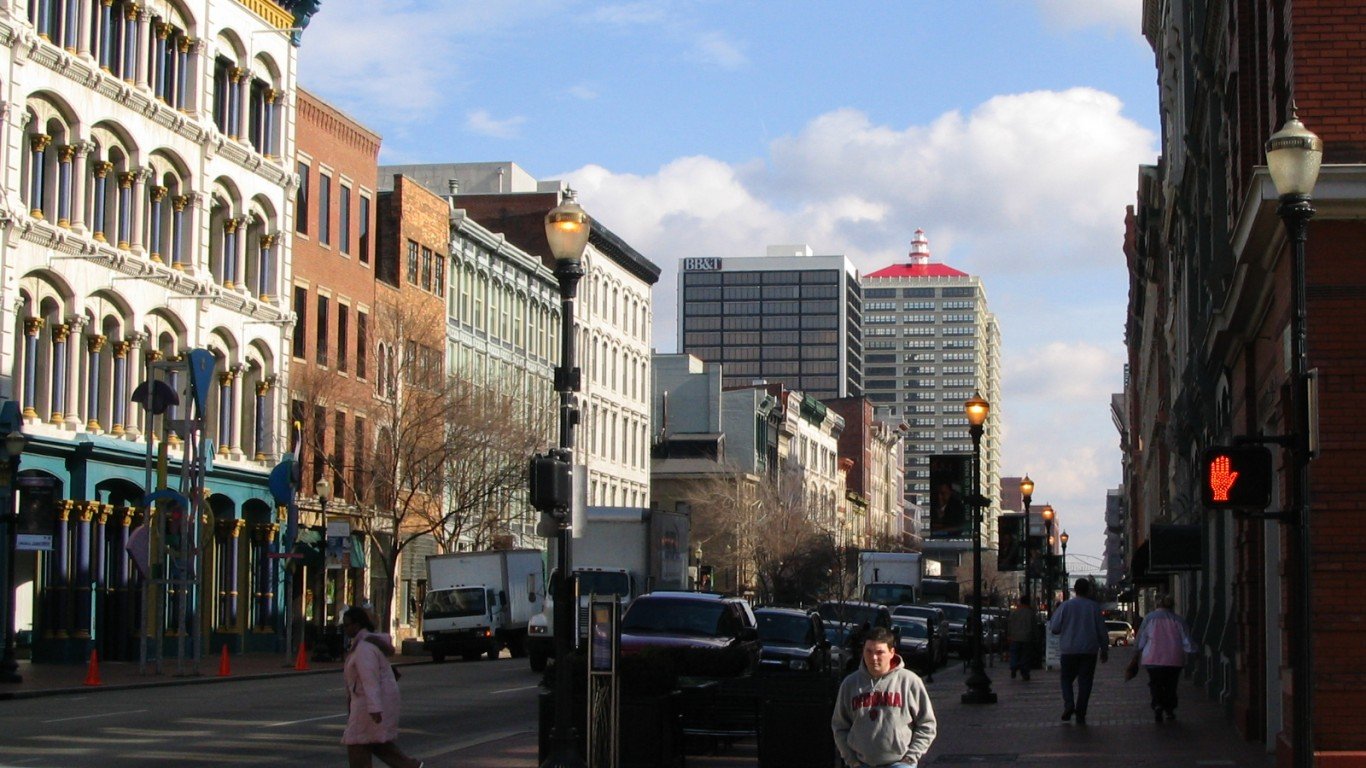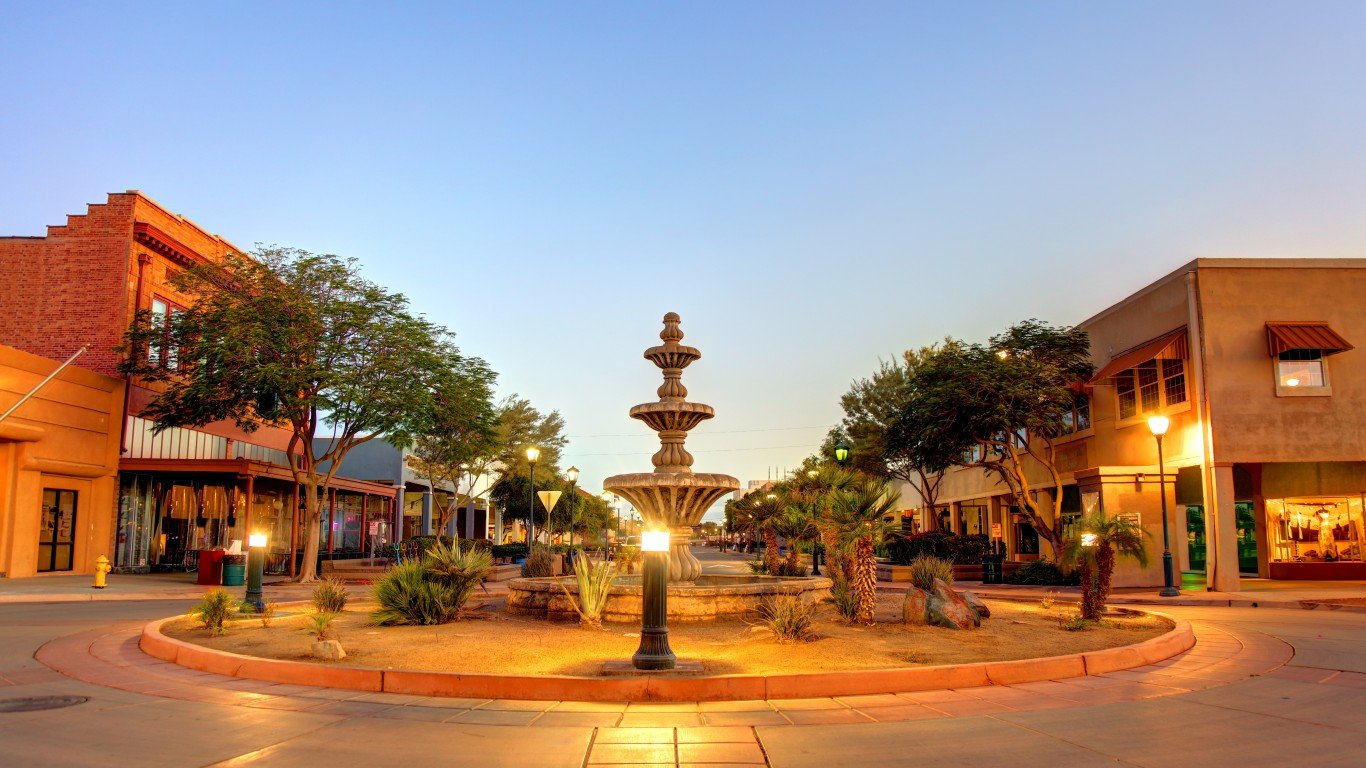
25. Yuma, Arizona
> City covered by hazardous waste areas: 3.3% (4.0 sq. mi.)
> Number of hazardous waste areas: 1
> Largest hazardous waste area: Yuma Marine Corps Air Station
> Total population: 97,428
Over its 70 years of operation, the Yuma Marine Corps Air Station has discarded oil, jet fuel, solvents, paint residue, pesticides and herbicides, battery acid, asbestos-containing materials and polychlorinated biphenyls (PCBs), a now-banned highly cariogenic industrial chemical used, among other things, as a coolant for electrical equipment.
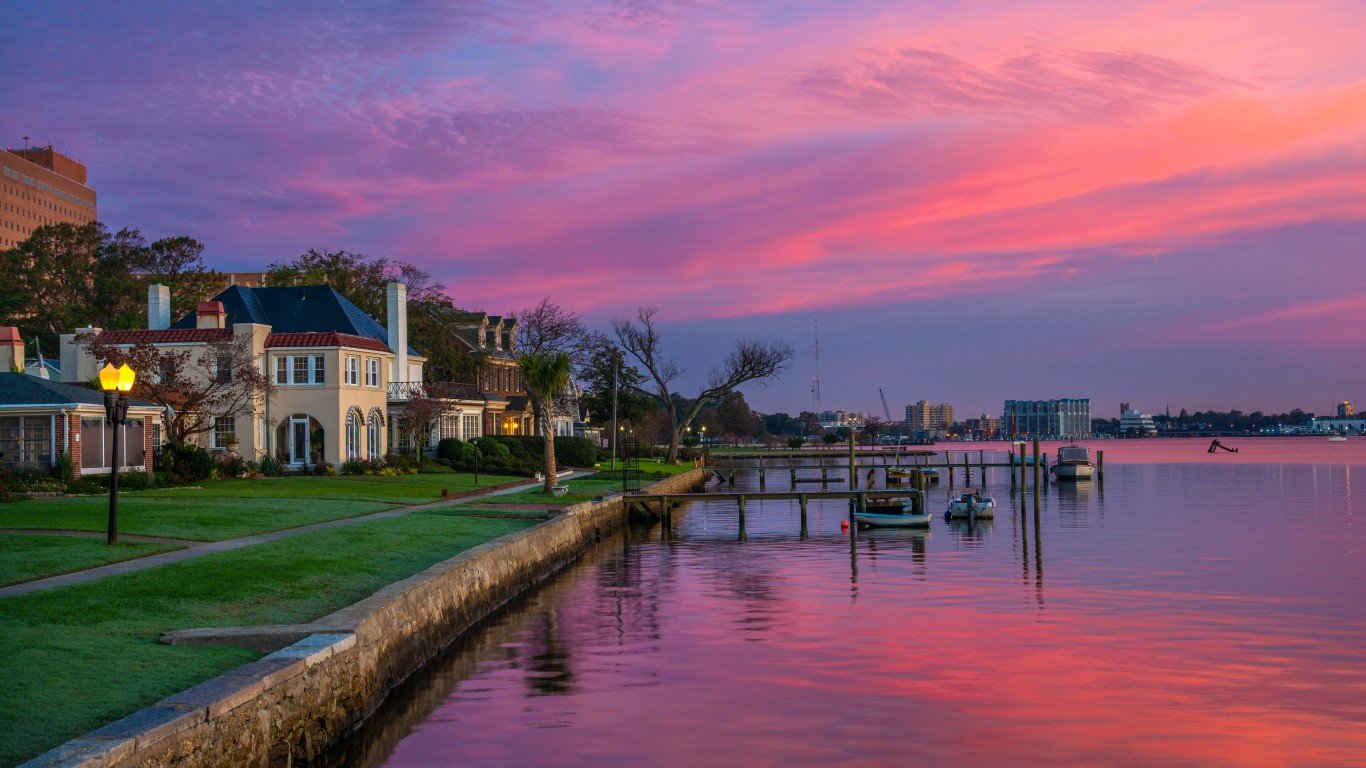
24. Hampton, Virginia
> City covered by hazardous waste areas: 3.3% (4.6 sq. mi.)
> Number of hazardous waste areas: 1
> Largest hazardous waste area: Langley Air Force Base
> Total population: 135,169
Langley Air Force Base has been an active airfield since 1917 and is the home base for the 1st Fighter Wing fleet of F-22 Raptor stealth fighter jets. Along with the adjacent NASA Langley Research Center, the base contains abandoned landfills, fueling areas, wastewater treatment plants, spills sites, waste pits, and other sources of possible contamination.
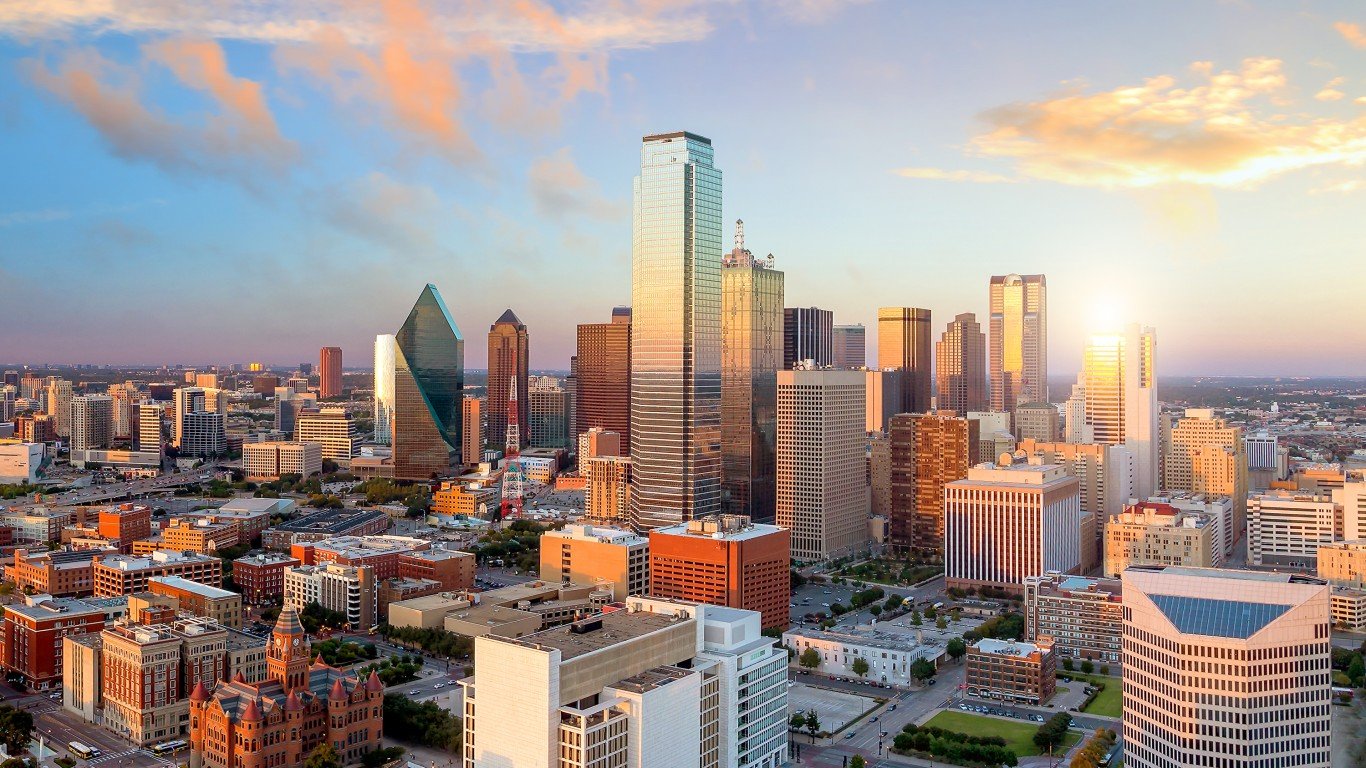
23. Dallas, Texas
> City covered by hazardous waste areas: 3.6% (14.0 sq. mi.)
> Number of hazardous waste areas: 1
> Largest hazardous waste area: RSR Corporation
> Total population: 1,338,846
The RSR Corporation site includes a former lead smelter that operated from the 1920s to 1984 and lead-contaminated landfills. For decades, residents of a nearby public housing project were exposed to high levels of airborne lead toxins, exposing children in these low-income housing units to dangerously high levels of lead in their blood.
22. Louisville/Jefferson County, Kentucky
> City covered by hazardous waste areas: 3.8% (10.4 sq. mi.)
> Number of hazardous waste areas: 8
> Largest hazardous waste area: Rubbertown Industrial Area
> Total population: 618,733
Nearly 30,000 residents live within a mile of West Louisville’s Rubbertown, which contains 10 chemical plants that employ about 1,500 workers, according to the University of Louisville’s Superfund Research Center. The industrial area used to be larger, with companies like tiremaker BFGoodrich leaving behind a legacy of contamination of toxins, including vinyl chloride, which has been linked to hepatic hemangiosarcoma, a form of liver cancer.
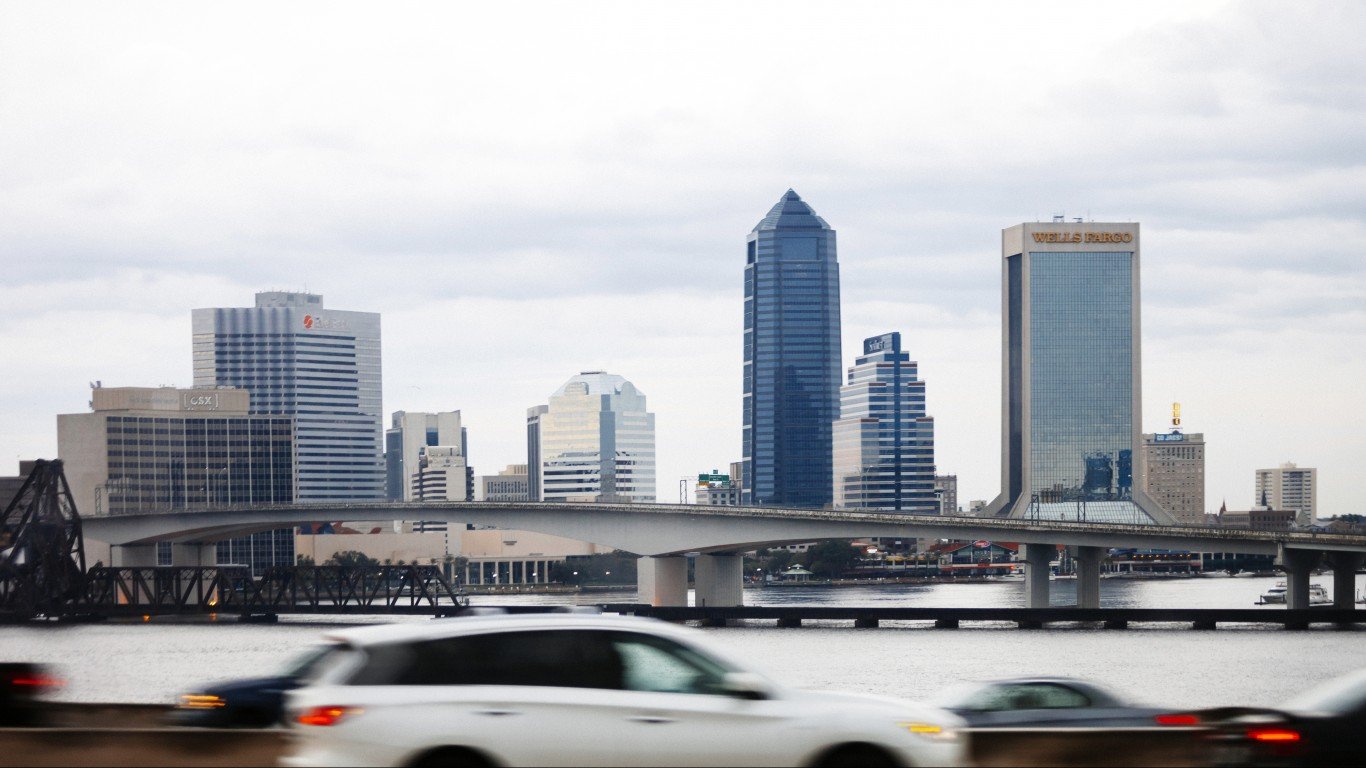
21. Jacksonville, Florida
> City covered by hazardous waste areas: 3.8% (33.3 sq. mi.)
> Number of hazardous waste areas: 10
> Largest hazardous waste area: Naval Air Station Cecil Field
> Total population: 902,488
Jacksonville’s largest hazardous waste site is a former naval air station. As with other aircraft-focused facilities, Cecil Field operated fuel storage facilities, conducted aircraft maintenance, and included other facilities that caused the contamination of soil and groundwater with hazardous chemicals. The EPA has identified a dozen Operable Units at the site. An Operable Unit is an area of a hazardous waste site identified as having a specific problem, such as old chemical storage tanks that need to be removed.

 24/7 Tempo
24/7 Tempo